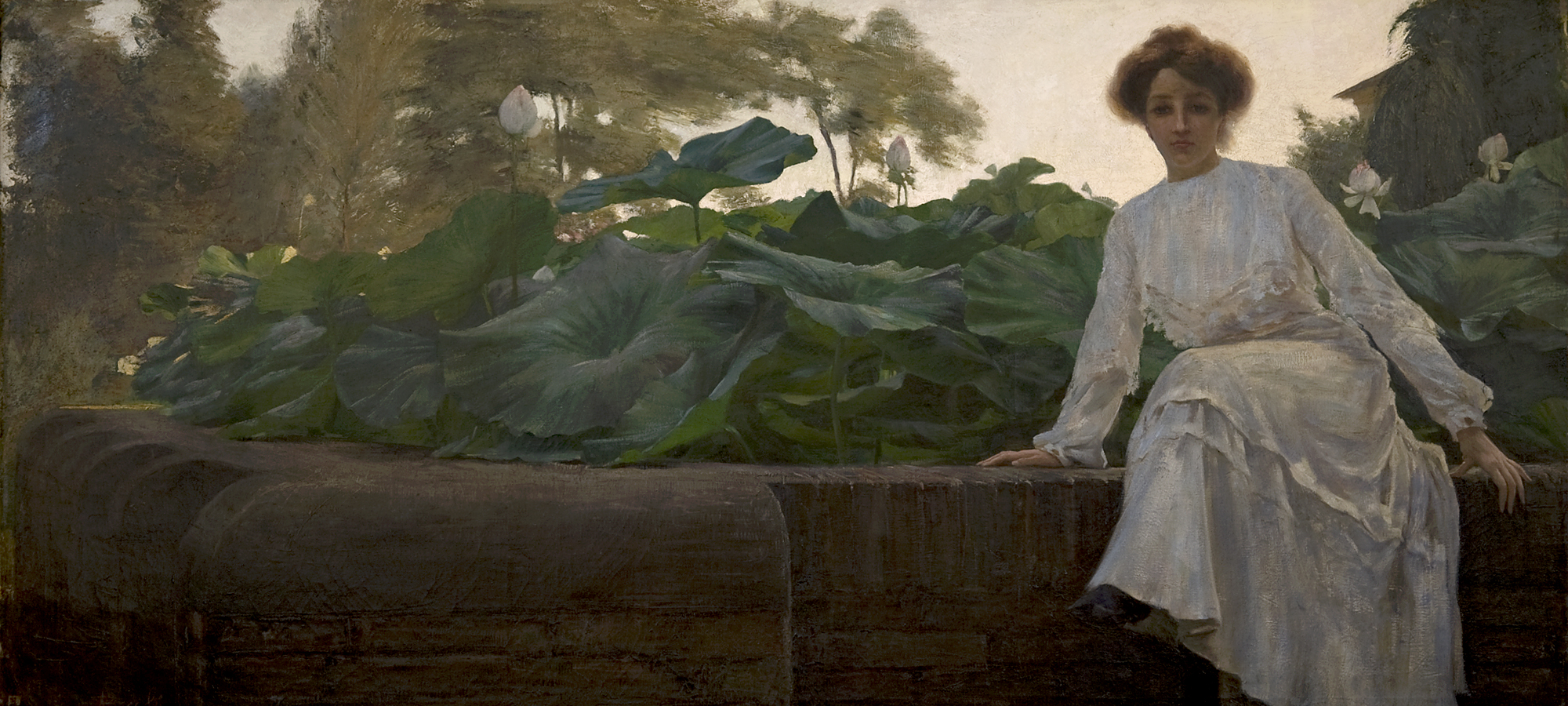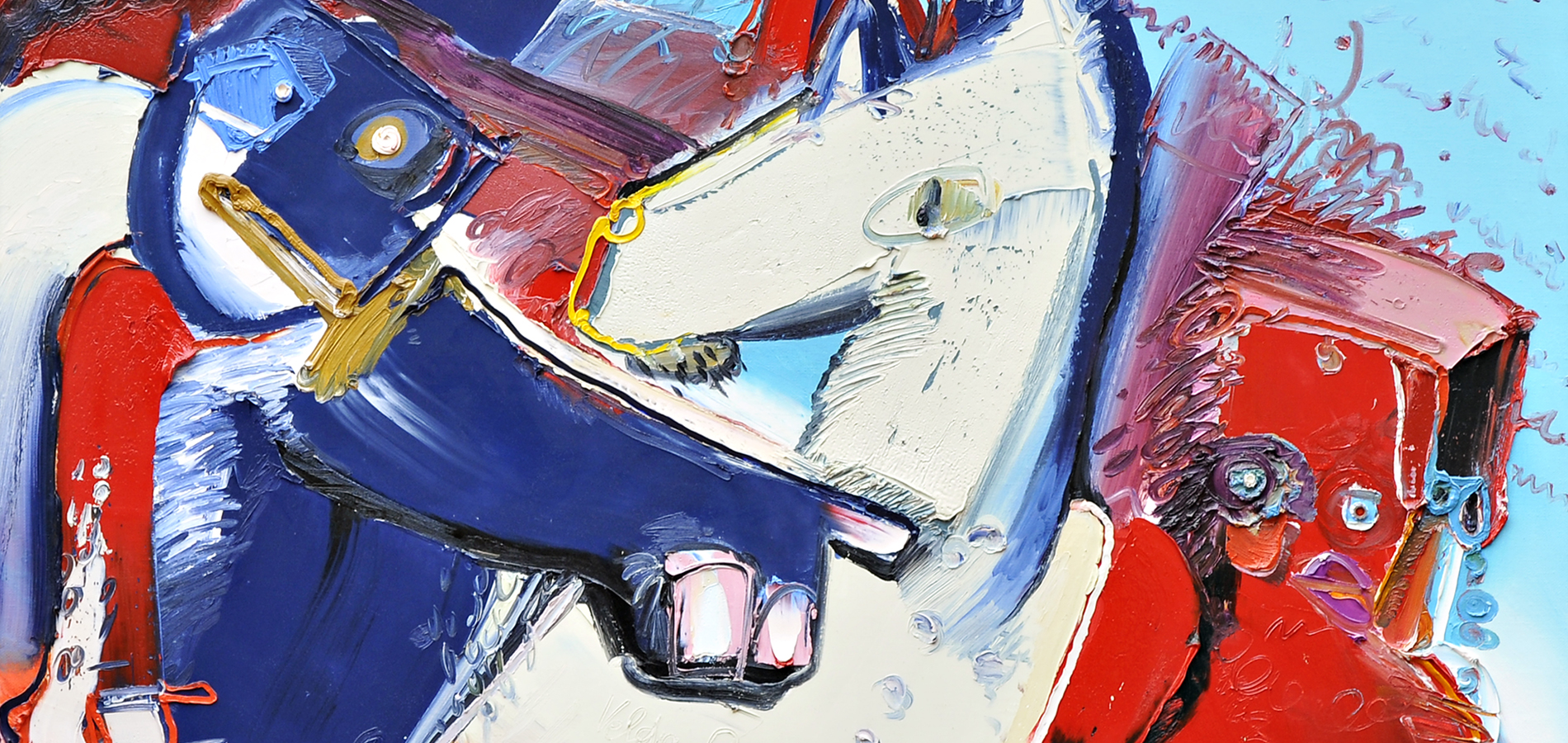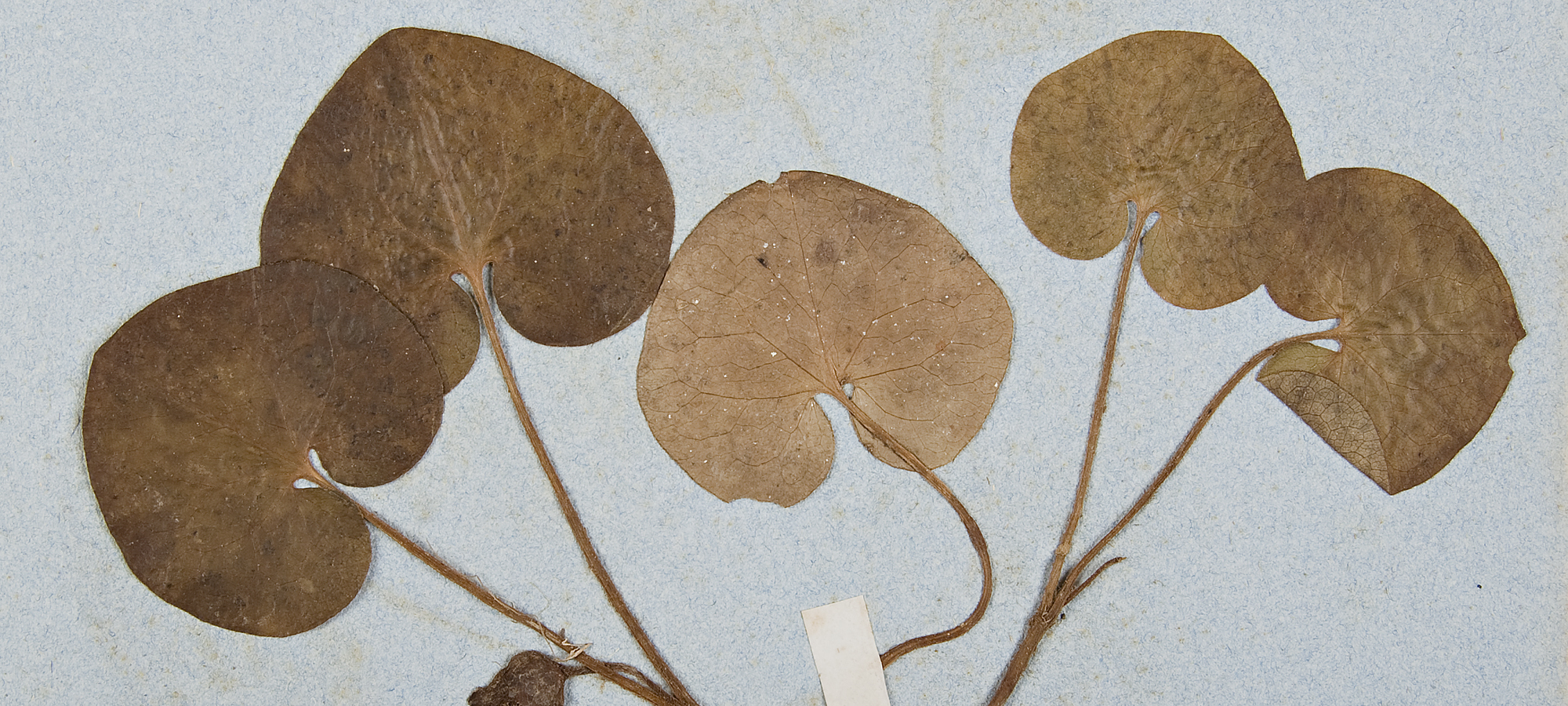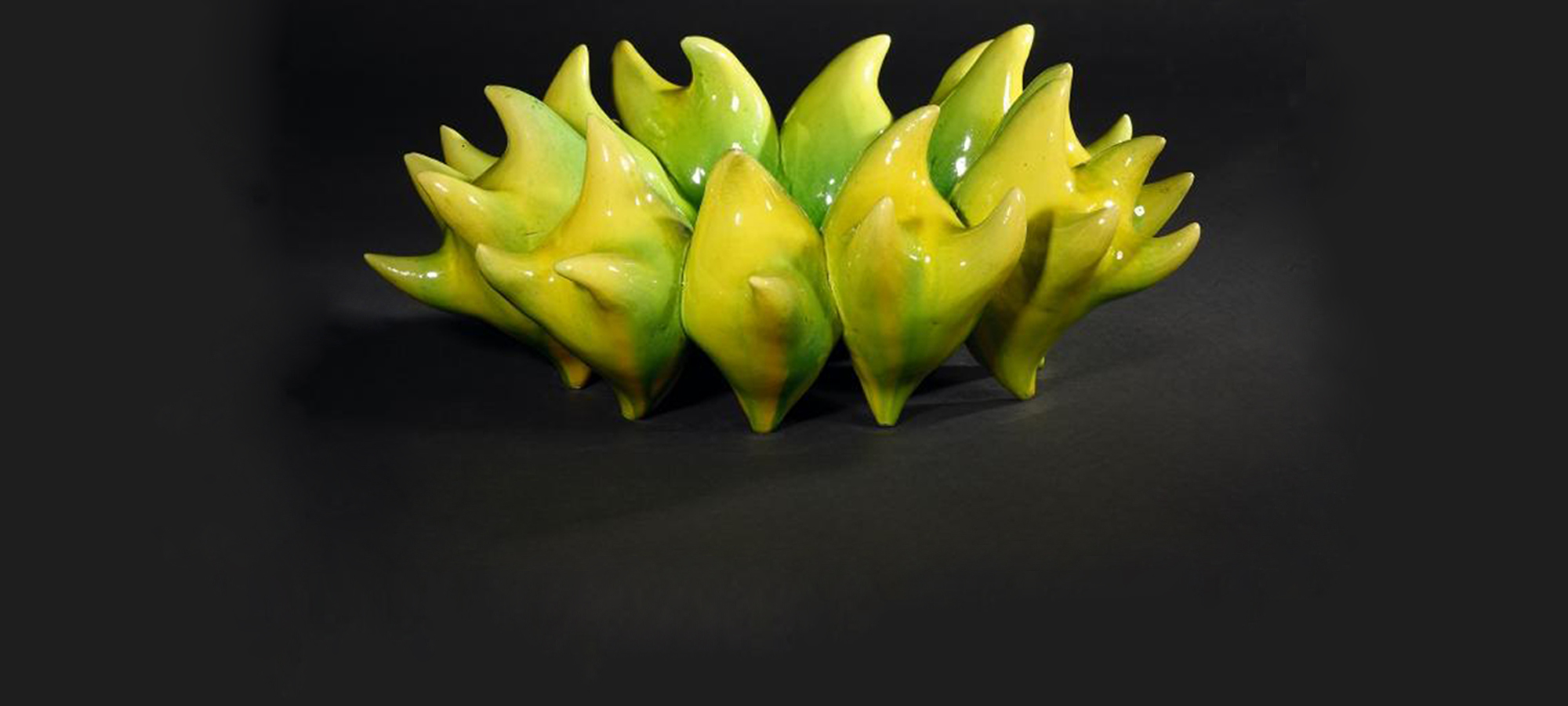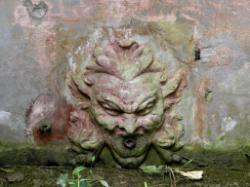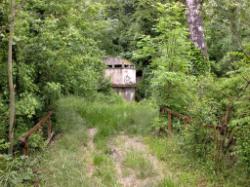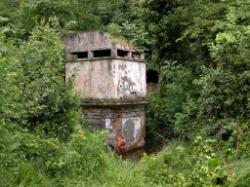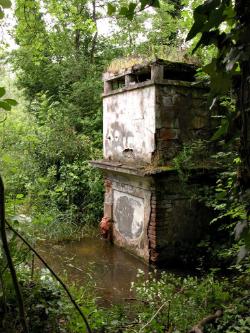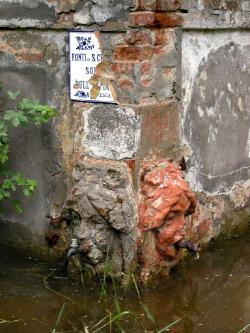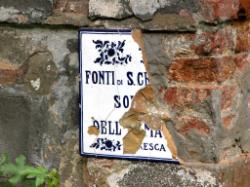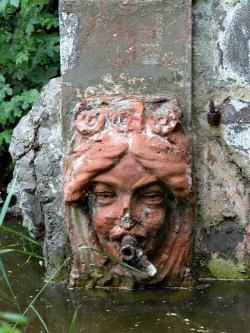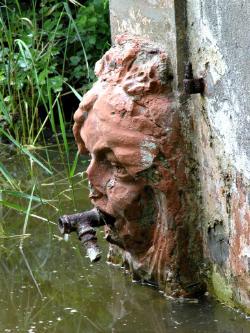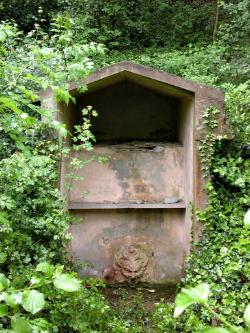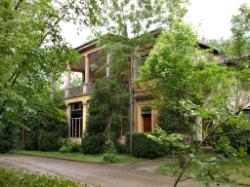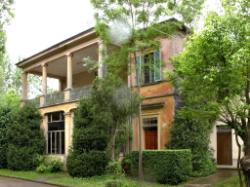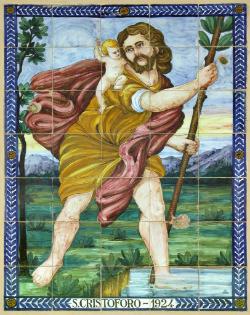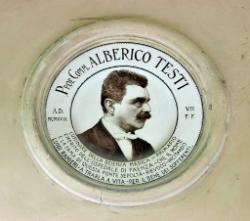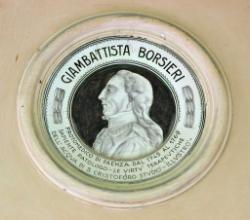Fonti di San Cristoforo
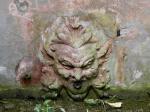
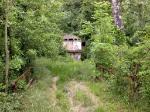
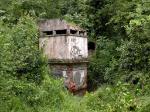
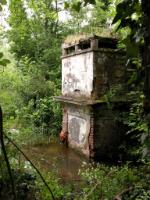
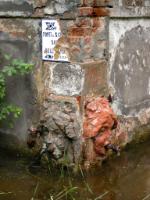
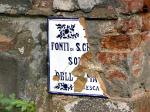
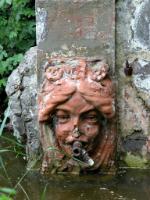
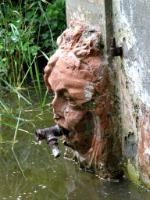
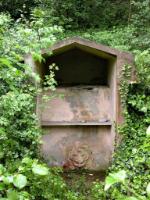
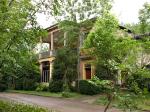
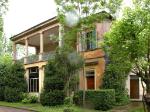
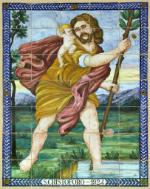
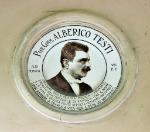
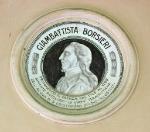
Faenza (RA)
La graziosa palazzina che ospitava il bar ristorante, costruita da Luigi Ranieri nel 1924, è oggi in lenta e malinconica decadenza; sotto il loggiato superiore sono ancora visibili le effigi di S. Cristoforo e dei due studiosi che maggiormente si occuparono delle acque: Borsieri e Testi. Dell’impianto restano due cisterne di raccolta con mascheroni in cotto e una mattonella in ceramica sbreccata e mutilata, su cui si intuisce la scritta: "Fonti di S.Cristoforo / sorgente / dell'Olmatello / fresca". Oggi il luogo è in abbandono, anche se il Comune di Faenza possiede la concessione mineraria valida fino al 2026, non vi è ne controllo ne manutenzione delle fonti e il chiosco è in parte sommerso dalle argille portate dalle piene dal vicino torrente. Le fonti si raggiungono da Faenza in direzione Brisighella, verso la località denominata Olmatello. La sorgente si trova sul fianco sinistro del Rio Quartolo.
Nei dintorni di Brisighella vi sono alcuni sentieri percorribili a piedi che permettono di raggiungere alcune fonti minerali, come la Sorgente Puriva, la Sorgente del Rio delle Zolfatare e le polle di Vedreto.
II luogo, collocato nella valle del Lamone, è di notevole interesse e alquanto suggestivo, sia per la vegetazione spontanea lussureggiante, sia per la gigantesca parete marnosa che si erge imponente proprio al di sopra della fonte. A pochi chilometri, risalendo la valle del Lamone si incontra Brisighella che sorge sulla fascia di affioramenti dei gessi romagnoli detta Vena del Gesso. In questa zona sono frequenti le acque sulfuree e salate. Molto probabilmente in epoca romana erano già note alcune di queste fonti, come testimonia il ritrovamento di una celletta termale per inalazioni, risalente a quel tempo, trovata negli scavi della vicina Pieve del Tho (costruzione romanica delle più antiche presenti in Romagna). Caratteristica unica del centro storico della cittadina è la “via degli Asini”, una strada sopraelevata e protetta da un portico a mezzi archi. Le favorevoli condizioni climatiche della zona permettono la coltivazione dell’ulivo da cui si produce un olio assai rinomato chiamato Brisighello. Seguendo il Lamone verso valle si arriva a Faenza, collocata lungo il percorso della via Emilia. La città -che possiede un bel centro storico ricco di monumenti- è famosa soprattutto per la produzione della finissima ceramica che porta il suo nome.
Personalità collegate:
Gabriele Falloppio (anatomista)
The charming villa that housed the bar restaurant, built by Luigi Ranieri in 1924, is today in slow and sad decline; under the upper open gallery the effigies of Saint Christopher and of the scholars who were mainly involved with the extraction of the waters, Borsieri and Testi, are still visible. From the establishment, two collection tanks remain, with brick masks and a chipped ceramic tile, with illegible writing where one guesses at the phrase "Springs of Saint Christopher/Sorgente dell'Olmatello/Fresca". Today the place is abandoned, and although the Municipality of Faenza owns the mining concession, which is valid until 2026, there is neither control nor maintenance of the springs and the kiosk is partly submerged by the clay brought by the floods from the nearby stream. The springs are reached from Faenza, going towards Brisighella, in the area called Olmatello. The source is found on the left bank of the Rio Quartolo.
Around Brisighella there are several paths which make it possible to reach some mineral springs, like the Sorgente Puriva, the Sorgente del Rio delle Zolfatare and the Vedreto springs.
The place, located in the valley of Lamone, is of notable interest and a fair amount of charm, both for the natural luxuriant vegetation, and for the enormous marly wall that rises impressively from just above the spring. A few kilometres away, going up the valley of Lamone, is Brisighella, which is on the edge of the outcrops of Romagna chalk called Vena del Gesso. In this area, sulphurous and salty waters are frequent. Very probably some of these springs were already noted in Roman times, as shown by the rediscovery of a thermal cell for inhalations, dating back to that time, found in the excavations of the nearby Pieve del Tho (one of the oldest Romanesque construction in Romagna). A unique characteristic of the historic centre of the small town is the “via degli Asini”, an elevated road protected by a half arched portico. The favourable climate conditions of the area enable the cultivation of olive trees, from which a quite renowned oil called Brisighello is produced. Following the Lamone down the valley one arrives at Faenza, located along the route of the via Emilia. The city, which has a beautiful historic centre, rich in monuments, is famous above all for the production of the very fine ceramics that bear its name.
Personalities:
Gabriele Falloppio (anatomist)


